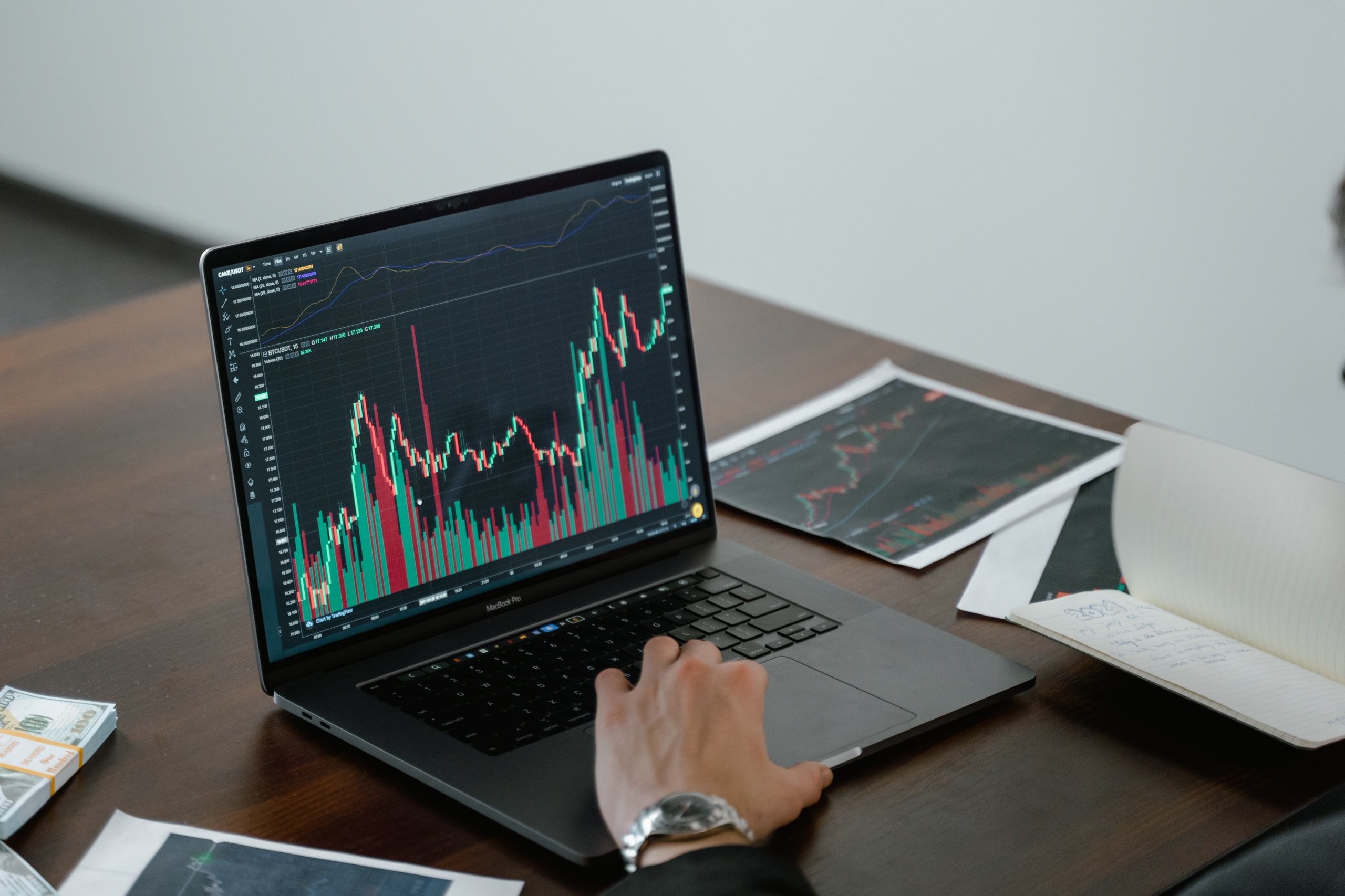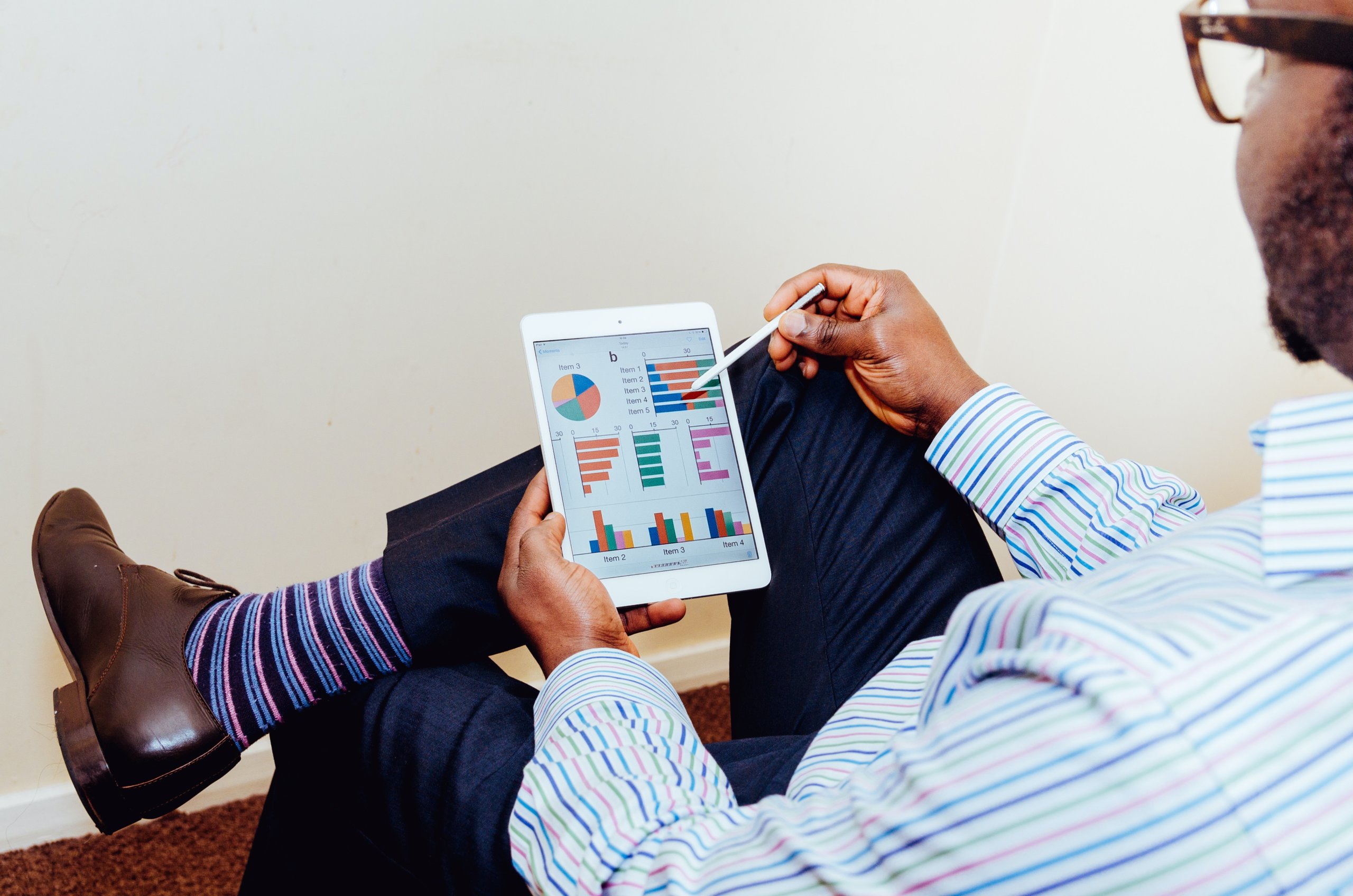 Whether they’re professionals or not, stock traders often spend a lot of time and effort to plan out which shares and when to buy and sell for maximum profit. For many investors, psychology plays a major role in trading strategy which can fluctuate based upon anxiety over losses, overconfidence, and fear of missing out. Even the most thought-out plan can be thrown into chaos with a few emotional trades.
Whether they’re professionals or not, stock traders often spend a lot of time and effort to plan out which shares and when to buy and sell for maximum profit. For many investors, psychology plays a major role in trading strategy which can fluctuate based upon anxiety over losses, overconfidence, and fear of missing out. Even the most thought-out plan can be thrown into chaos with a few emotional trades.
Machine learning applications like trading bots are here to save us from our despair, stress, and last-minute impulses. These bots are emotionally-neutral and infallible, working toward the investor’s goal and taking into account risk tolerance and the current market. Some finance experts believe they’re the future of the industry, and they might be right.
Qualitative vs Quantitative Approach
Coming up with a trading strategy with specific price targets and entry and exit opportunities requires a lot of research and analysis. There are two approaches to investment strategy: qualitative and quantitative. In the qualitative method, the analyst researches the company’s stock looking for several key indicators of market performance: earnings reports, company management structure and turnover, competitive advantage, planned product roll-outs, and more.
In the quantitative approach, the analyst applies statistical modeling methods to the stock’s historical data, like its performance and volatility. According to the 2020 Crypto Hedge Fund Report released by London-based companies PwC and Elwood Asset Management, the quantitative method is favored by crypto fund managers. 48% of managers surveyed say they use a quantitative methodology in their investment strategy.
Financial experts say that it’s obvious why the quantitative approach is so popular: it removes cognitive biases, emotional trades, and reactive buying and selling. In the crypto market, volatility is the name of the game, and emotional trading can cause fast money loss. The crypto market is very data-centric, allowing traders to follow key measurement points like transaction volumes, market caps, fees, and more. With these extra data points, quantitative analysts can bolster their calculations and predictions more than would be possible with traditional stocks.
Fighting Cognitive Bias
To make objective trades, it’s imperative to remove human emotion. Cognitive bias affects analysts at every level, from amateurs to seasoned veterans. Many studies have researched the influence of cognitive bias in stock trading, and many studies have looked into solutions to overcome it.
According to a field called behavioral finance, psychology influences trading so much that it is the reason for market irregularities like crashes and fluctuations. In a study by the MIT Sloan School of Management, researchers investigated how emotional reactivity affects trading performance. The report shows that, during times of crisis and volatility, extreme emotional responses can be highly detrimental to an investor’s returns.
Conversely, there is a school of thought that directly opposes behavioral finance. It’s known as modern portfolio theory (MPT), and it says that the market is efficient and traders are rational. In reality, neither of the two perspectives is 100% correct or incorrect. The truth of the matter is that both theories are complementary and in balance at any given time.

One advantage of the MPT approach is that it can be used to develop artificial intelligence (AI) applications to avoid behavioral and cognitive bias. After all, AI doesn’t have any emotion (yet). Using MPT principles, the AI can diversify a portfolio with uncorrelated assets, maximize returns, and evade loss aversion bias (favoring the avoidance of losses over potential gains).
Robots vs Humans
Trading bots are similar to humans; they come in both analyst and adviser roles, and they often apply quantitative analysis with diversification to reach the investor’s goal. Based on the investor’s risk profile, the robo adviser will create a dataset of actionable data, whereas the robo analyst will dive into SEC filings and annual reports.
Either way, the robot avoids the cognitive bias, emotional reactions, stress, and pressure that all work to bring down human analysts and advisers. The result is a robot that is proven to outperform humans. For example, in December 2019, a research group from Indiana University analyzed more than 76,000 research reports issued by robo analysts and spanning 15 years. The researchers found that the robots’ buy recommendations outperformed human recommendations, resulting in 5% higher profit margins.
This is not to say that all robots outperform humans. In 2020, researchers analyzed the performance of 20 German B2C robo advisers’ recommendations from May 2019 to March 2020. The timeframe encompassed the bull market (stable, increasing) of 2019 with a sharp drop from the coronavirus. The robots had highly disparate recommendations, resulting in a wild range of performance. The top robo adviser outperformed the others by 14 basis points on average, which is still impressive considering March caused hedge funds to lose 9.8% profit year-to-date.
Increasing Popularity of Robots
The top-performing German robot won out because of its strategic approach, quantitative analysis, and including a factor of behavioral finance. It read the market and measured what traders fear: losing money and the length of time to recover from the loss. This performance has turned major banks onto automated research robots.
Goldman Sachs announced in 2019 that it will offer its own robo adviser service. Although the launch was delayed to 2021 due to the coronavirus, the market for robo advisers has grown tremendously in that time. From Q4 2019 to Q1 2020, robo adviser usage increased between 50% and 300%.
The Future of Finance
It’s not known how far we’ll take robo analysis and advising in investing. Whether or not they fully replace human financial analysts remains to be seen. But we do know one thing: robo analysts and robo advisers excel in the data-rich and high-risk environment of the crypto market. And that means that trading robots are here to stay.






